Eve Heller – shorts
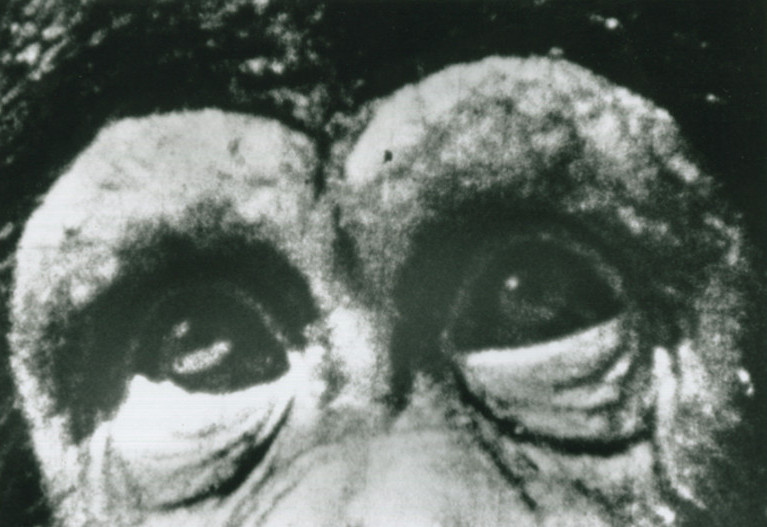
Last Lost
Film is a unique form of anamnesis – unforgetting. It brings memories closer to the surface, yet it also confirms that they are irreversibly, painfully confined to the past. Last Lost is the story of a single sunny day at New York’s Coney Island as seen through the eyes of a quite particular child. The climax of an afternoon filled with laughter, ice cream and the seaside air is a Ferris wheel rescue starring the young protagonist.
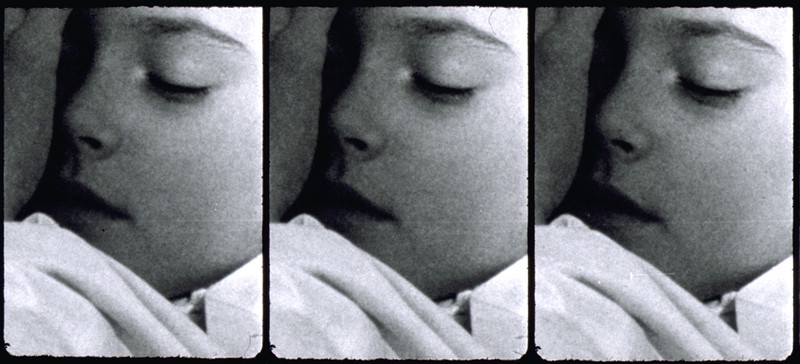
Her Glacial Speed
A close-up via film camera used like a microscope aimed at the subconscious is always too close or too far - too far to understand and too close to see. To cross the line between the outside and inside of our bodies we can tear the skin or pass through the pores. In the first case, we will violate the organism’s delicate homeostasis, in the other we will find ourselves in a position that is impossible to reference to our experience.
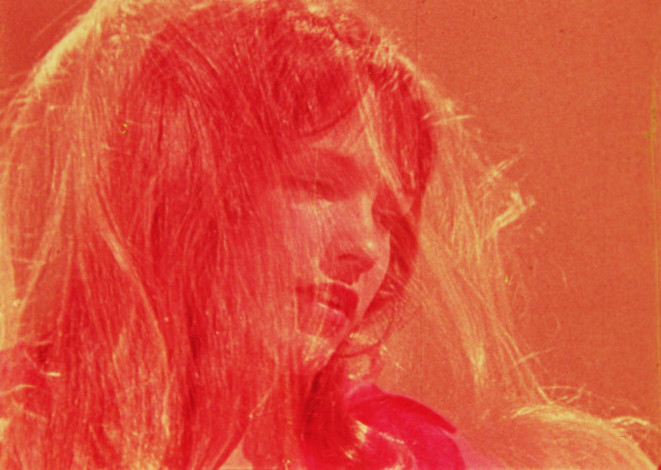
Ruby Skin
Taking on an instruction film for reporters, Eve Heller talks about the phenomenon of 16mm color film. The impact of time appears as pink on the images, because magenta is the longest lasting of the three primary colors. The replayed synchronic fragments of images and optically recorded soundtrack show the 26 frame movement of sound and vision, dictated by the specific construction of the projector dedicated to the film.
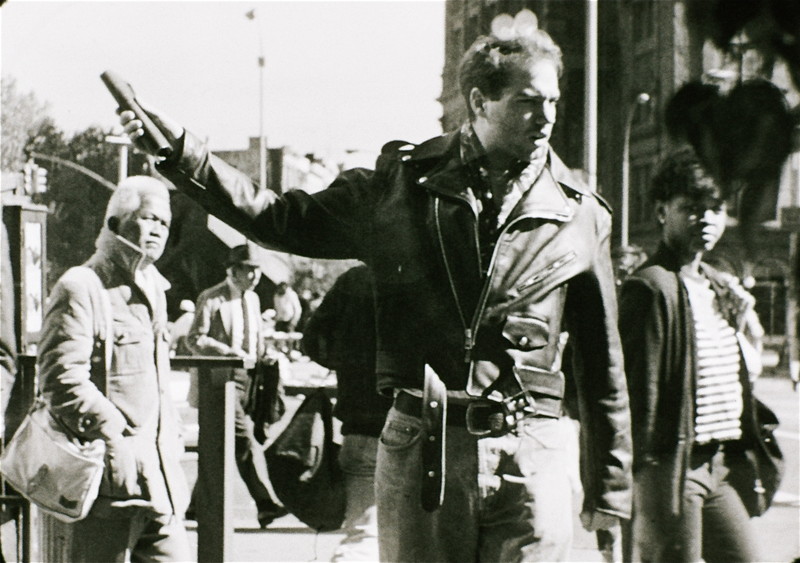
Astor Place
Astor Place is a small neighborhood in Lower Manhattan, at whose heart is a square, at whose center is Alamo, a dark cubical sculpture. Eve Heller brings Astor Place into film history alongside Marseilles suburb La Ciotat, of Train Pulling into a Station (1895) fame, and the New York intersection of 16th Street and prospect Boulevard, so beautifully portrayed in Smoke. Heller placed a camera in a café window and just let the reel roll…
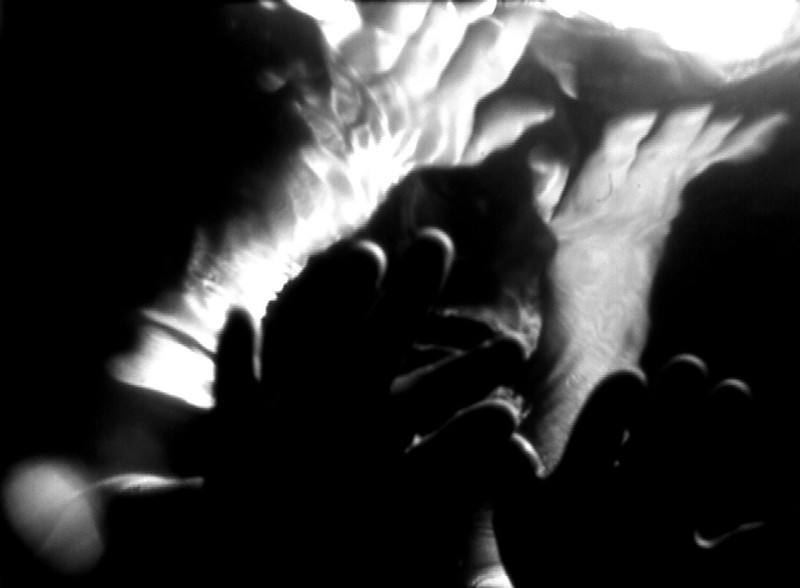
Behind This Soft Eclipse
Eclipse: phenomenon occurring when a body is covered by the shadow of another, produced by the alignment of both bodies with a light source. In the stream of light flowing from a projector, negatives become positives, movement is superimposed on still life, underwater imagery fuses with wind-blown leaves. Our usual sense of image is diffused, lost between the frames, spilling from one sequence to the next, sharpening the contrasts between them.
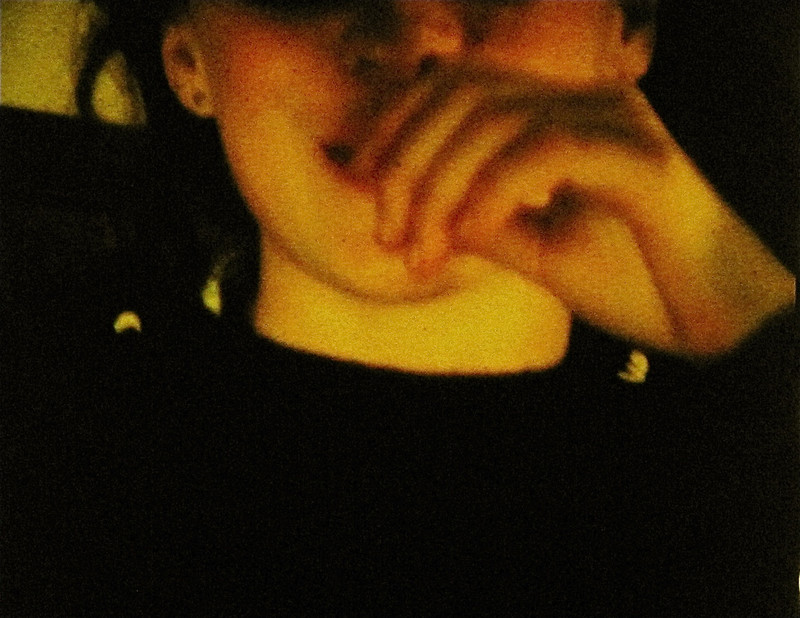
Self-Examination Remote Control
Jacques Lacan defines staring as something external with respect to the object. The stare lurks behind a dark window, in a passed doorway and shutter-clicking camera. In a youthful impulse, 19-year-old Eve Heller copies the gesture of Filip Mosz from Camera Buff, with the expectation that by getting the camera’s attention she will obtain complete autonomy, thus becoming the origin and object of the stare.
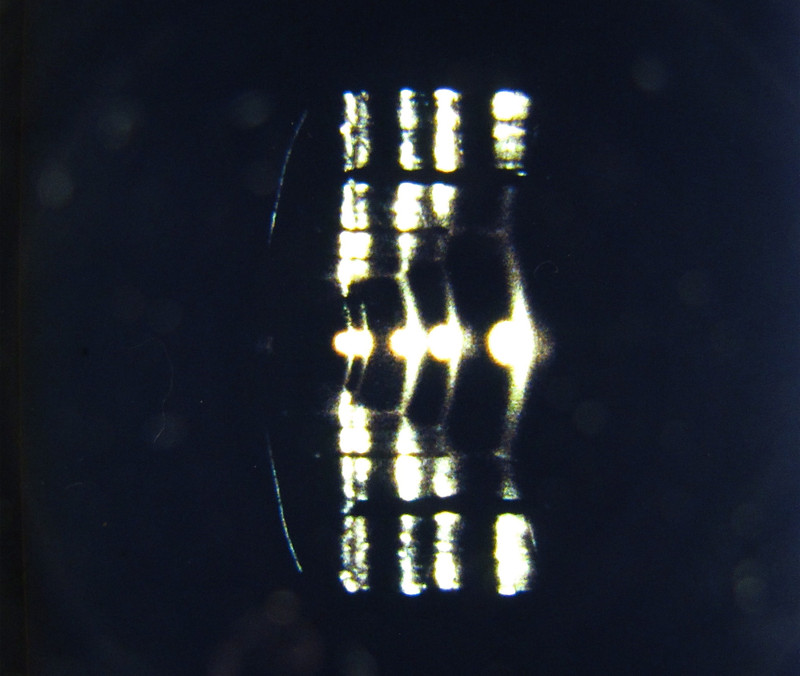
One
A single take, a single roll of 8mm film, a single camera angle. In the frame – spots of color and long vertical bands broken and punctuated by bright light. The key to deciphering these anamorphic images is to see them from a specific angle, revealed suddenly by an unexpected movement within the frame. For a moment before the movement ceases, that one fleeting moment, there is certainty within the image, until everything stands still once more.
Eve Heller
Eve Heller (born 1961 in Amherst, Massachusetts) is a filmmaker and producer of experimental films who lives in Vienna. She began studying cinema when she was 17 in the State University of New York (SUNY) at Buffalo. In 1987 she graduated in German Literature & Interdisciplinary Studies at Hunter College. Six years later, in 1993, she got an M.A. at the prestigious Bard College. Among her teachers, there were people such as Peter Hutton, Paul Sharits, Tony Conrad, Peggy Ahwesh, and Abigail Child. Her widely recognized work has been shown in exhibitions at places such as the Whitney Museum of American Art, the New York Film Festival, the Pacific Film Archives, the Toronto Cinémathèque Ontario, The International Film Festival Rotterdam, the Louvre Museum, and the Austrian Film Museum in Vienna. Eve Heller's films shed light on those small instants that in a conventional film would go undetected, as if they were the fragmented and beautiful images of a dream. Heller achieves this effect using flashing lights, multiple exposures, and the grain of the emulsion magnified by the optical printer and at some moments a slow-motion effect. In her stock-footage work, Heller finds a latent substance and poetic potential in the original film, as in Last Lost (1996); she creates new poetic associations, as in Her Glacial Speed (2001); and even finds a humorous tone, as in Ruby Skin (2005). Through the manipulation of stock footage, Heller uses to her advantage the characteristics of 16 mm black-and-white film and also those of color, as in Ruby Skin. Thus, she creates films with abundant textures that work as haikus, highly charged with meaning. A semi-documentary film made with a camera hidden behind the mirrored surface of a diner window, Astor Place (1997), shows us her most lyrical side. People walking by seem to be dancing an unscripted choreography, as if they were part of a secret conspiracy. Behind This Soft Eclipse (2004) presents the pendulum-like motion between the worlds of day and night, images in negative and positive, solid ground and the world under the water. Through this, the filmmaker is revealed as a mighty wizard of light.
Filmography
1978–2010 One (short)
1981–2010 Self-Examination Remote Control (short)
1982–2010 Juice (short)
1996 Last Lost (short)
1997 Astor Place (short)
2001 Her Glacial Speed (short)
2004 Behind This Soft Eclipse (short)
2005 Ruby Skin (short)
